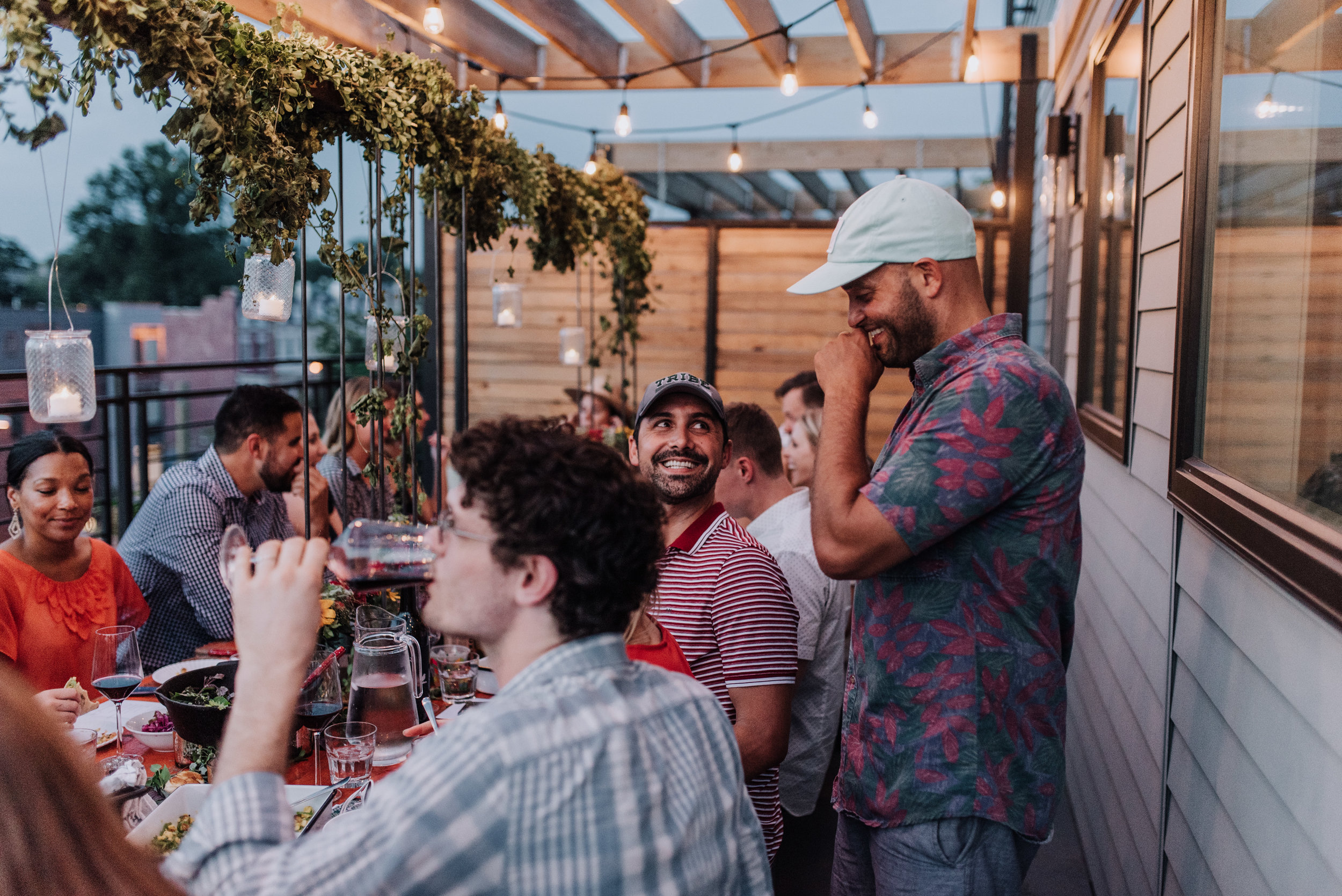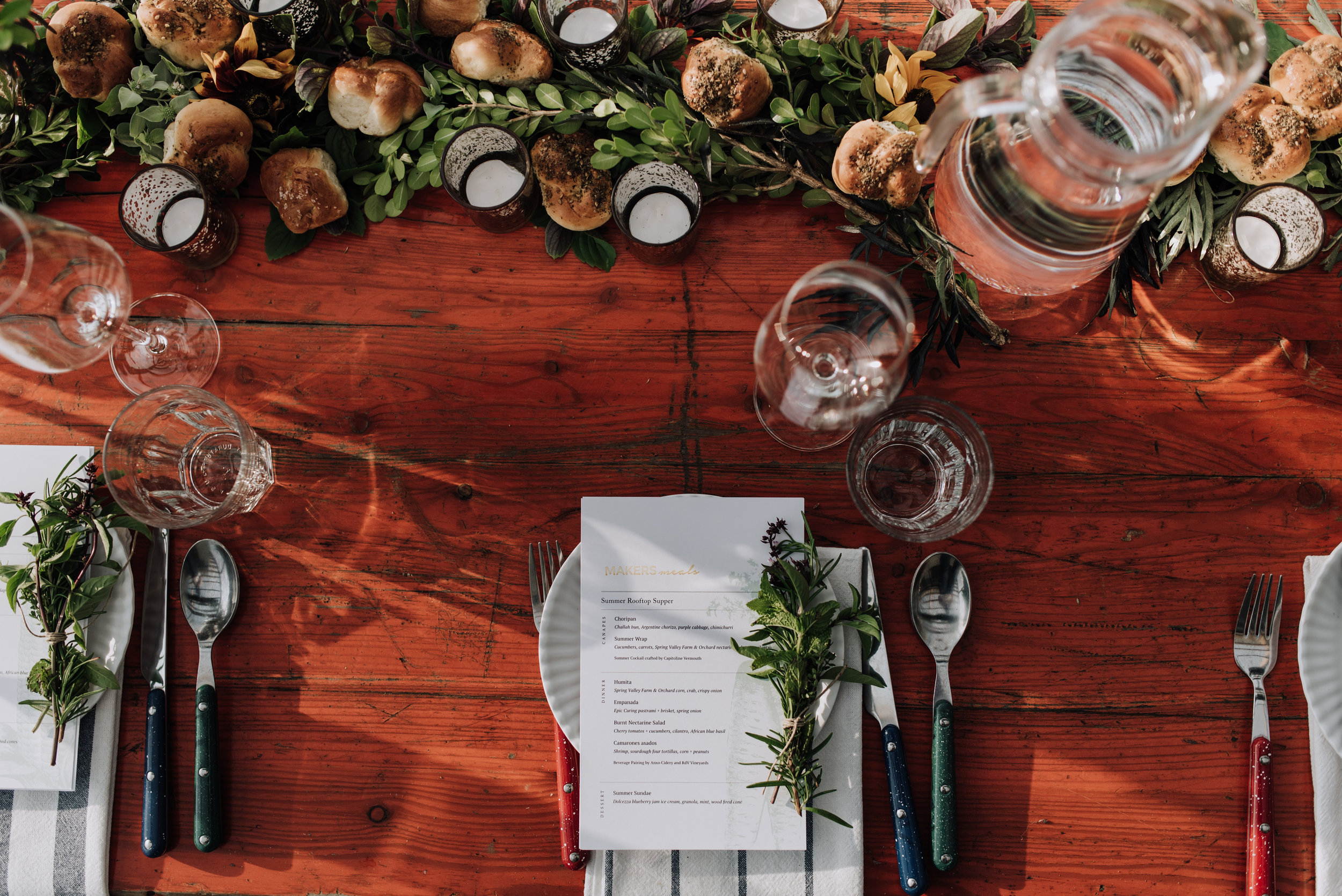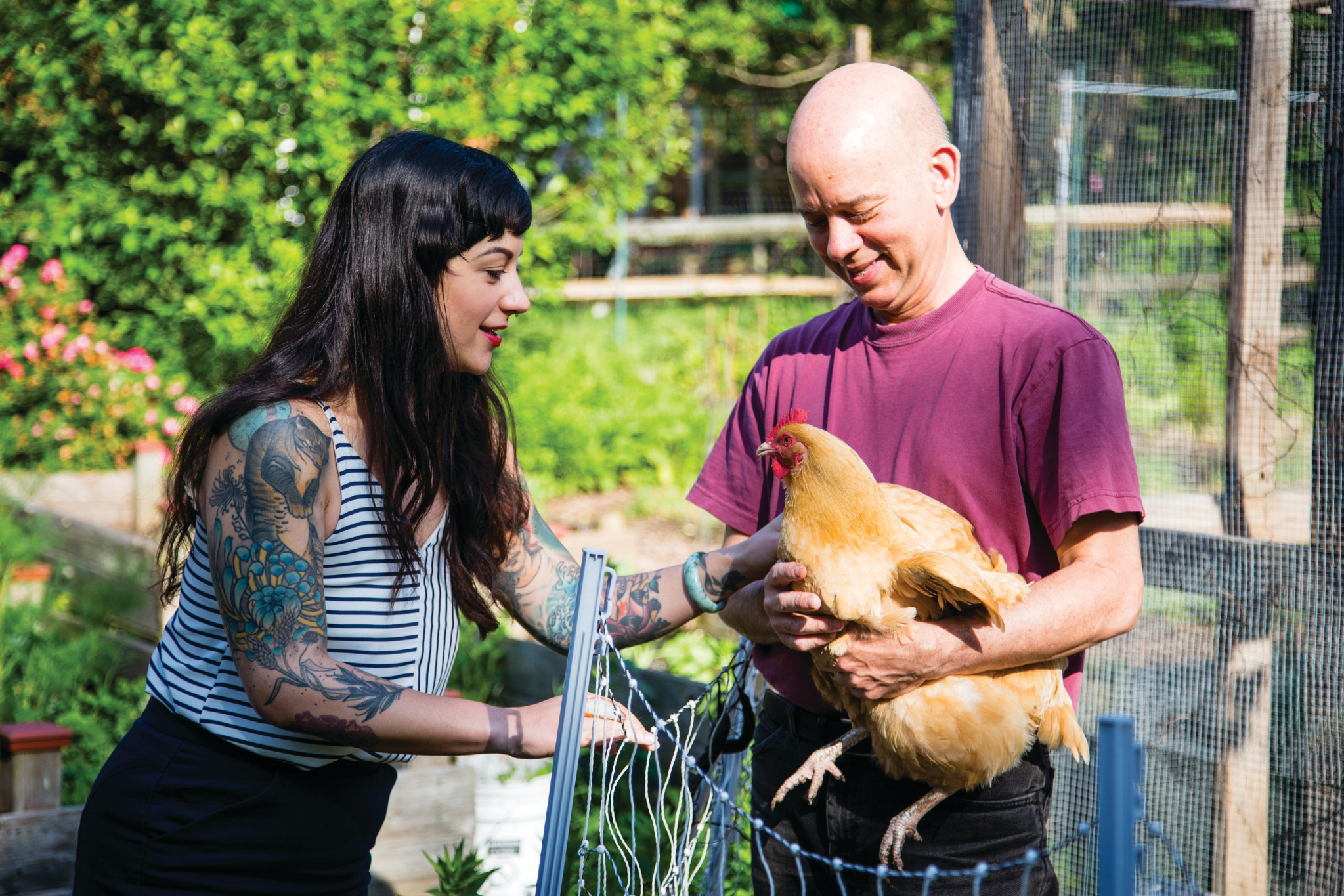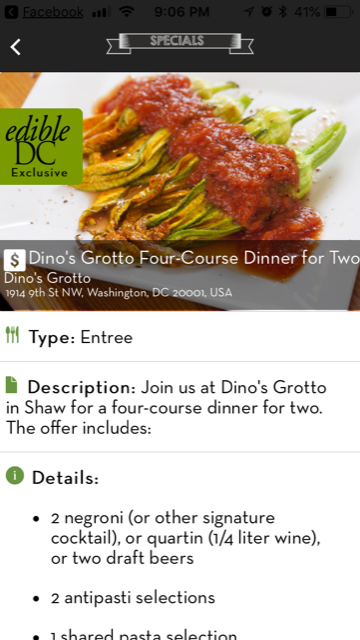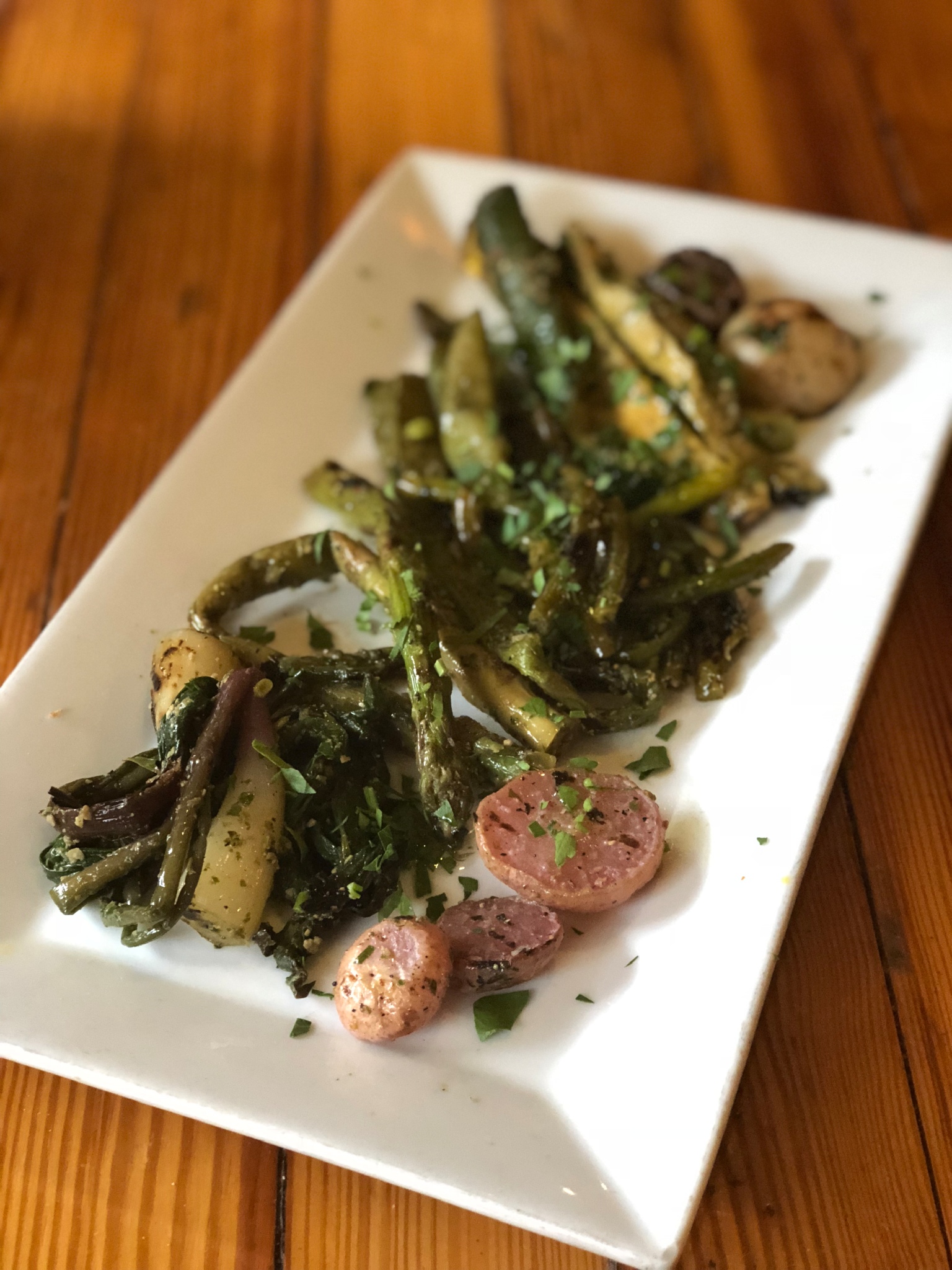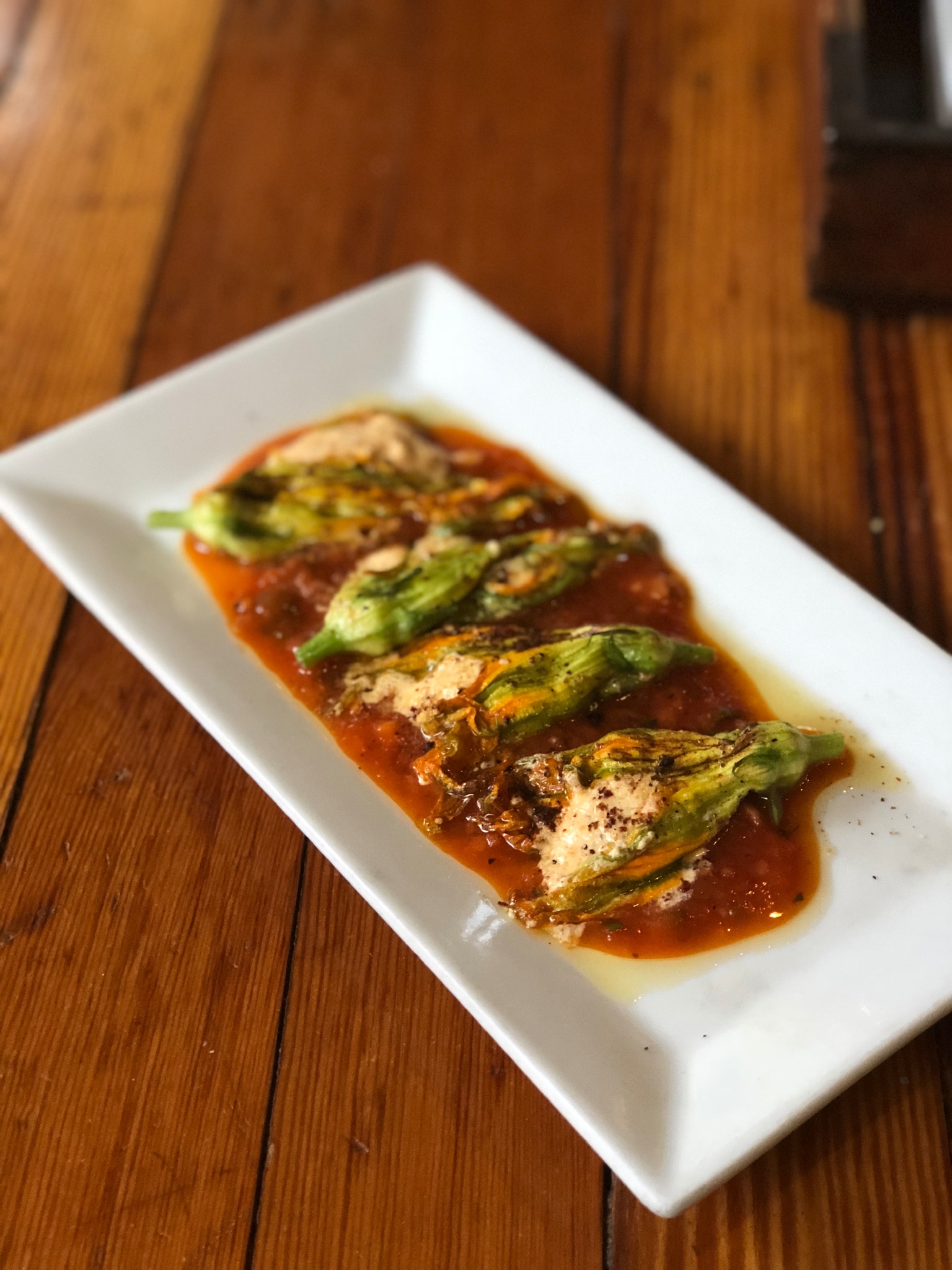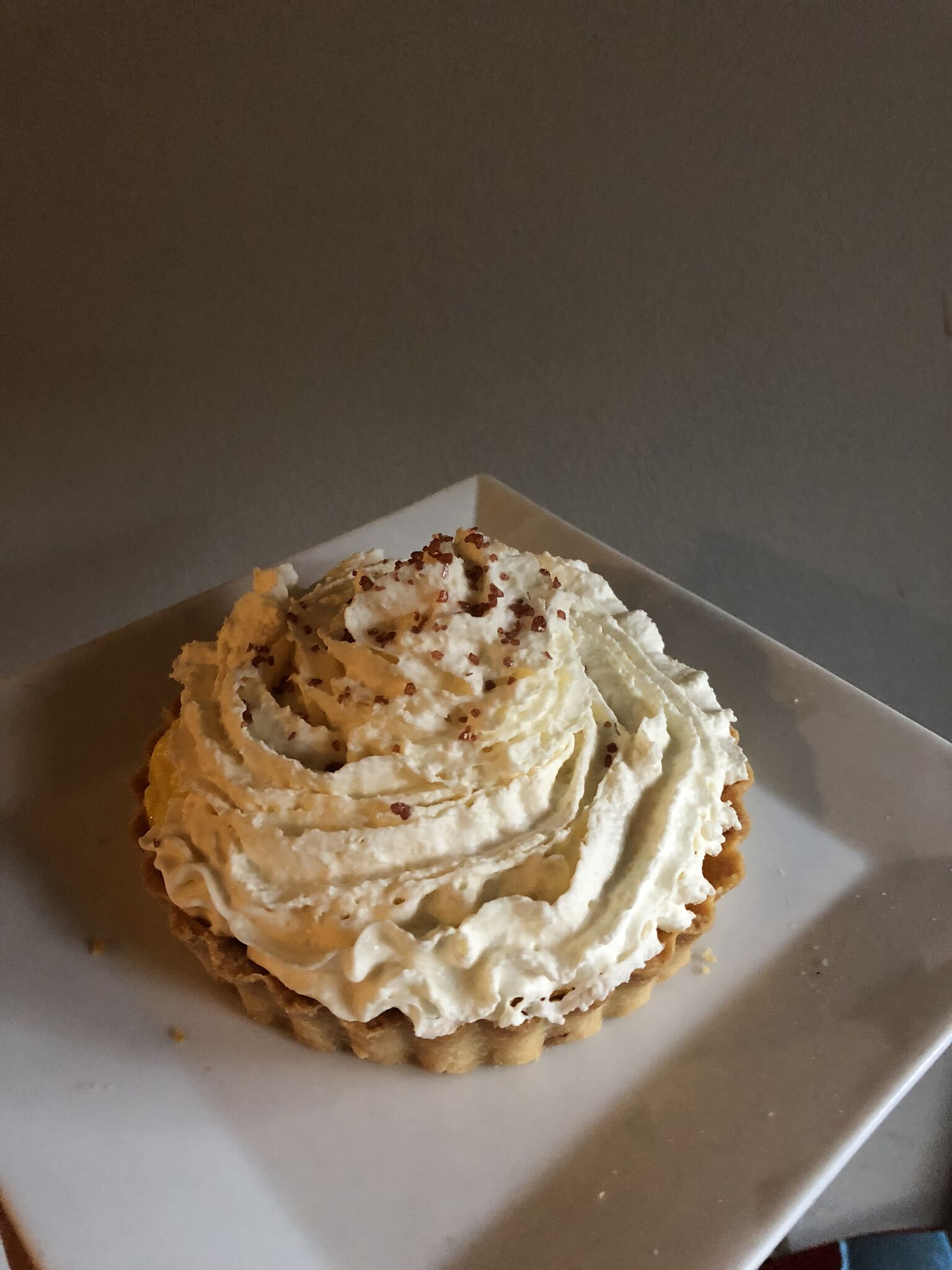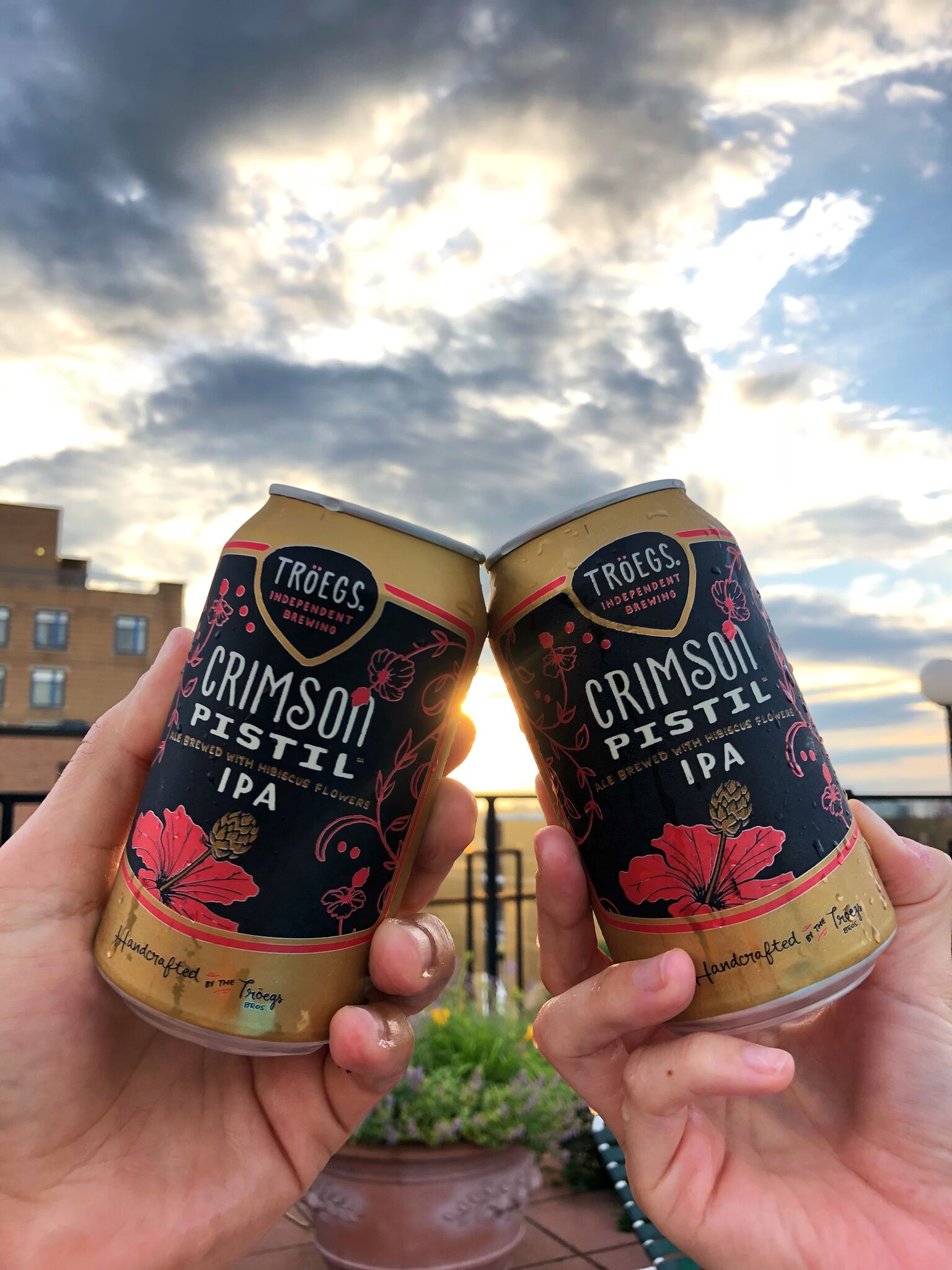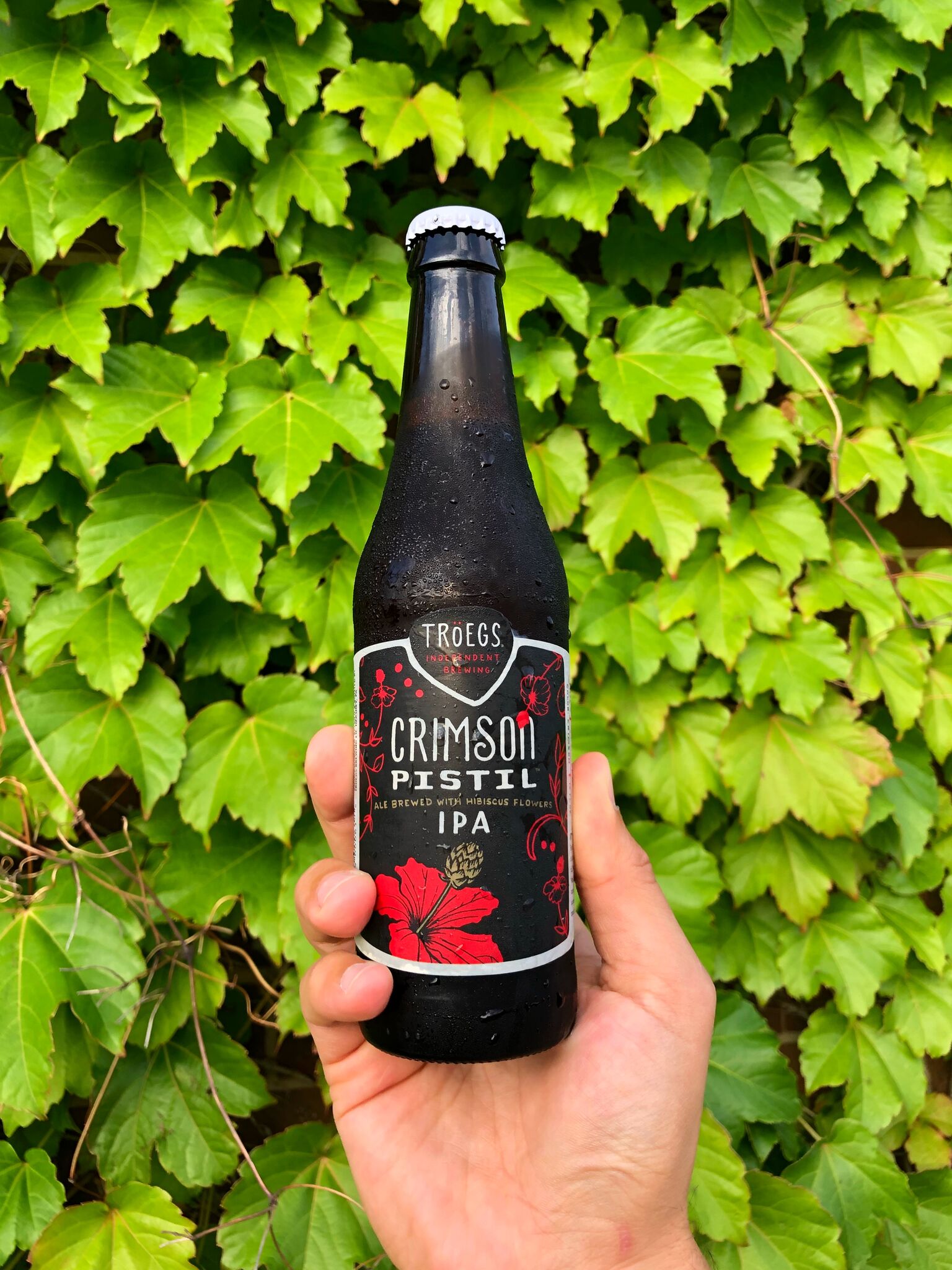A Summer Rooftop Supper
/Timber Pizza Co. and Love & Carrots host a communal dinner brimming with love for local
By AJ Dronkers, photography courtesy of Anna Darlak Photography
On a steamy Monday evening guests gathered on the rooftop of Timber Pizza Co's founder, Andrew Dana, for a meal celebrating all things summer. Two giant picnic tables were joined together to form a tablescape fantasy of local flowers with beer hops and bistro lights hanging from the trellis above. Just a half block away, I could see the shuttered doors of Timber Pizza Co. on Upshur St. - closed on Mondays.
Timber Pizza Co. founder Andrew Dana and Chef Daniela Moreira preparing the meal next to the rooftop garden.
Even though the restaurant remained dark - the Timber team and Chef Dani were busy harvesting from the rooftop garden, planted and maintained by local organic urban gardening experts, Love & Carrots. The rooftop-grown produce was all going toward our Makers Meal. Founded by Amber Breitenberg, Makers Meal brings people together around the table to interact and engage with producers, farmers and local makers. Upon arrival, I was greeted by a familiar face, Kat Hamidi, of New Columbia Distillers. She handed me a Capitoline Vermouth spritz paired with a mini choripan, an Argentinian street sandwich.
Next up was Chef Dani's twist on humita, a traditional corn dish, that she decided to serve cold like a gazpacho - humorously remarking how her mother would definitely disapprove.
Humita made with Spring Valley Farm & Orchard corn, crab and crispy onion and paired with ANXO Cider.
A slight breeze picked up as the sun started to set - a welcome relief to me and my sweaty dinner mates. I loved the communal aspect of the seating and how the meal was served. As I swiveled between my cider and wine, I got to know the other guests and found that we all had a common connection in our passion for local food and drink. The evening capped off with a Dolcezza Gelato blueberry sundae. As I made my way to my Lyft home, Amber handed me a bag of goodies, which included a lovely Thai basil plant from the Love & Carrots growers.
Build your own shrimp tacos with corn, peanuts, and cabbage paired with RdV Vineyards.







